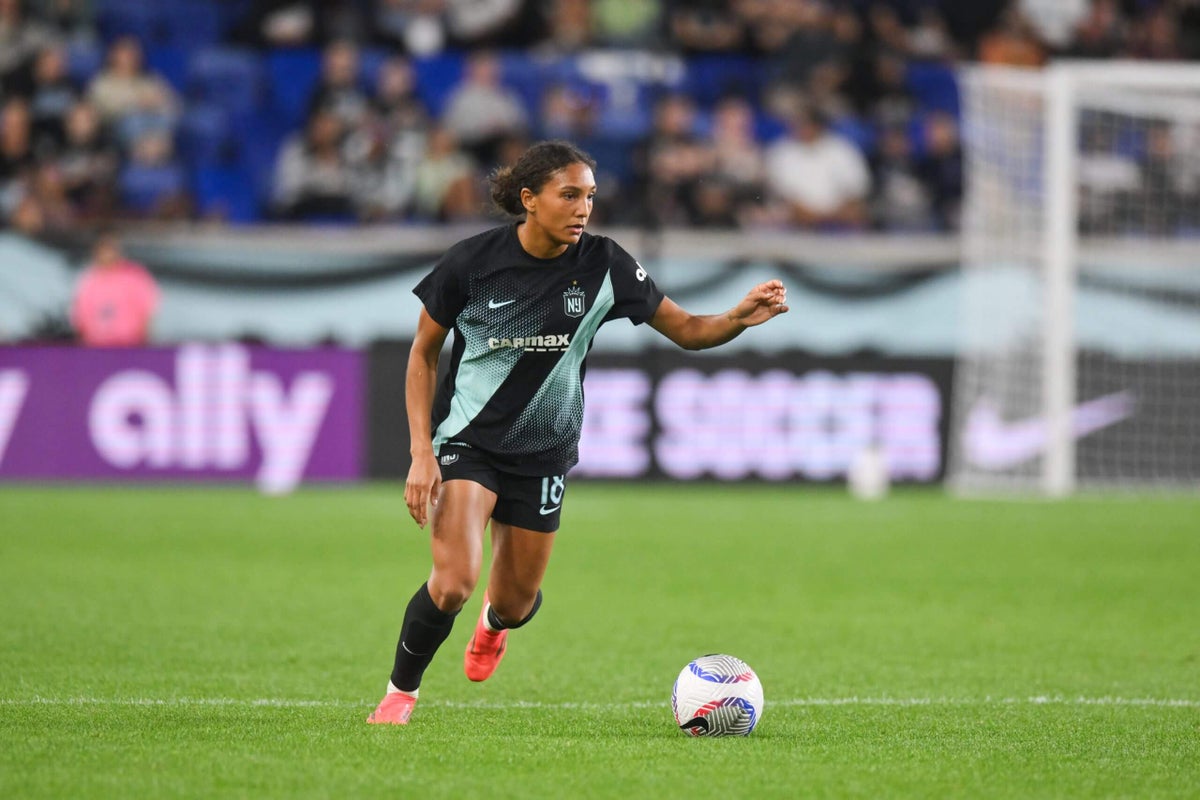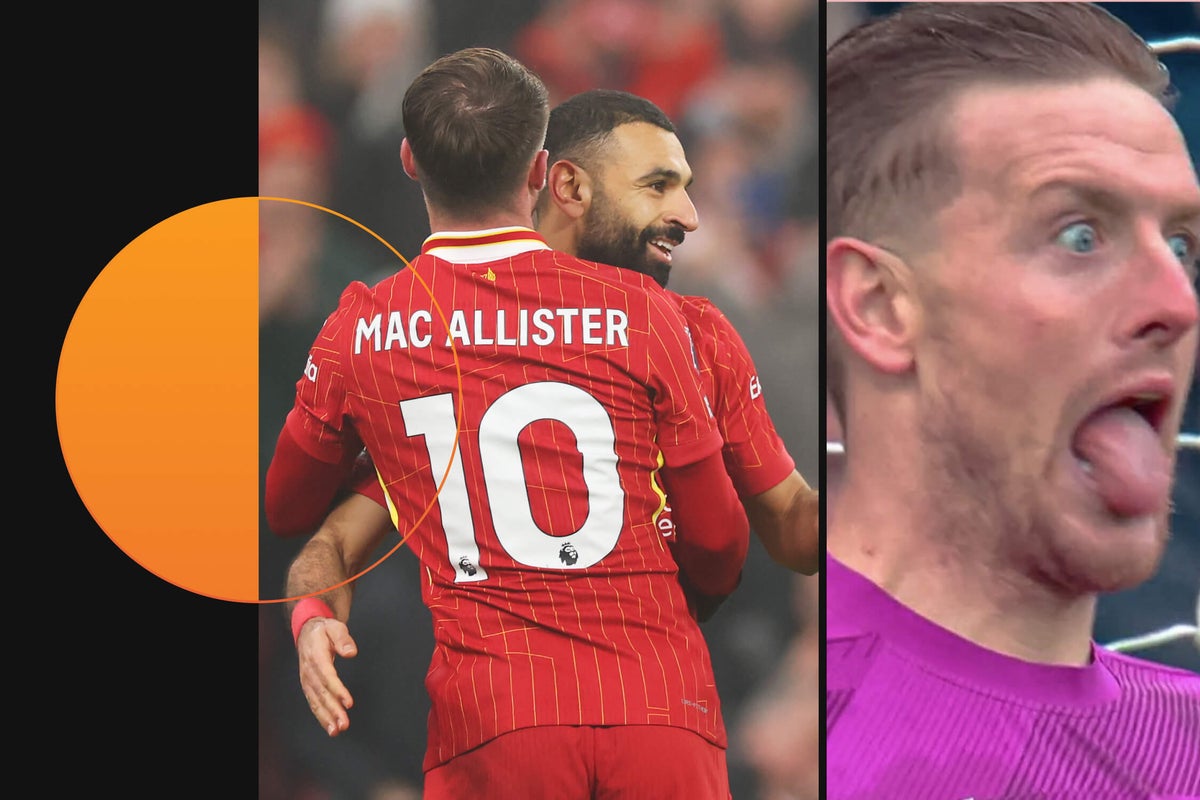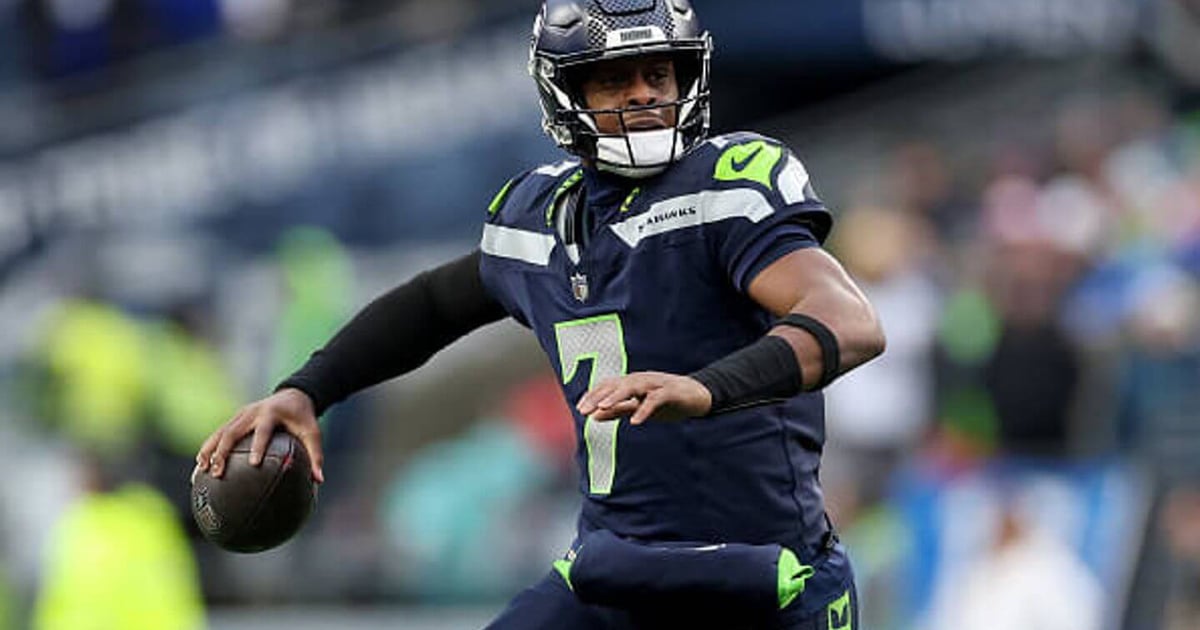ANN ARBOR, Mich. — The expanded Big Ten means more cross-country flights and, for teams that lose on the road, more time to sit in an airplane and ruminate.
Michigan had one of those somber flights after losing at Washington. With six games remaining, the Wolverines have two regular-season losses for the first time since 2020 and face a daunting schedule in the second half. For a program that’s accustomed to being on top, adjusting to that new reality was like a nasty case of jet lag.
“It wasn’t a moment where we all had to sit back and weep or overthink what was going on,” safety Quinten Johnson said. “We took it all in, and after 24 hours, we flushed it. We got better from it.”
With an extra week to prepare for Saturday’s game at No. 22 Illinois, the No. 24 Wolverines (4-2, 2-1 Big Ten) dusted off the playbook for avoiding back-to-back losses. Coach Sherrone Moore told the players not to let one game beat them twice. The Wolverines talked about relying on their team leaders, taking things one day at a time, not getting caught up in the outside noise. These are familiar sentiments for a team coming off a disappointing loss, but it’s been a long time since anybody had to use them at Michigan.
“Guys on this team, some of them have never lost before, especially in the regular season,” edge rusher Josaiah Stewart said. “It’s kind of hard for them to stomach that. You’ve just got to push through. Some guys have lost on this team, so it’s just showing them how to respond.”
As the second half of the season begins, here’s a midseason report card for each of Michigan’s position groups.
Quarterbacks: D
It’s tough to find many positives for Michigan’s quarterbacks in the first half of the season. Davis Warren, Alex Orji and Jack Tuttle have thrown eight interceptions, and Michigan’s interception rate of 6 percent ranks 133rd out of 134 FBS teams, per TruMedia. The Wolverines are averaging 115 passing yards per game, last among all Power 4 teams. In some ways, Michigan is fortunate to be 4-2 after getting such dismal production from its passing game.
Tuttle will be taking over as Michigan’s starter against Illinois after missing the first five games with an injury. He came off the bench against Washington and gave the offense a spark, despite having limited reps with the first unit in practice. If Tuttle can give Michigan C-plus quarterback play in the second half of the season, it would be a noticeable improvement and might be enough to stabilize Michigan’s offense.

GO DEEPER
What Michigan’s QB flip-flopping says about 2024 and beyond
Offensive line: C
Michigan’s offensive line has improved since Week 1, but not quickly enough. The quarterbacks have been pressured way too often — the Wolverines rank 116th in pressure rate allowed, according to TruMedia — which has contributed to Michigan’s turnover problems. The run blocking, though solid at times, hasn’t been dominant. Redshirt freshman Evan Link has been up and down after beating out more experienced players for the right tackle job, and the center position has been a grab bag between Dominick Giudice and Greg Crippen. Injuries have also become an issue, as Giudice and left tackle Myles Hinton both missed the Washington game.
Some teams can get by with average O-line play, but Michigan isn’t one of them. The Wolverines need to get back to being dominant up front if they want to be successful.
Running backs: B+
Where would Michigan be without Kalel Mullings?
His performances against USC and Minnesota helped the Wolverines win two games that easily could have gone the other way, and he’s continued to be the most consistent option for Michigan’s offense. Michigan fans know what to expect from Donovan Edwards by now: He’s going to break some big plays, as he did against Washington and USC, but he’s also going to have some droughts. The biggest issue is that Michigan hasn’t been able to get both running backs going at the same time.
| Running back | Att | Yds | TDs | Avg | Snaps |
|---|---|---|---|---|---|
|
Kalel Mullings |
91 |
589 |
6 |
6.5 |
174 |
|
Donovan Edwards |
73 |
353 |
3 |
4.8 |
180 |
Wide receivers: D
Through six games, Michigan’s wide receivers have 31 receptions for 280 yards. There are 187(!) players in the FBS with at least that many receiving yards. Whether you call that a quarterback problem or a wide receiver problem, the reality is that it’s both.
Michigan hasn’t been able to get the ball to Semaj Morgan and Tyler Morris when they’re open, and the wide receivers haven’t been open frequently enough when quarterbacks have had time to throw. Michigan’s transfer portal additions, C.J. Charleston and Amorion Walker, have one reception each for 22 yards, and no wide receiver has a reception of longer than 31 yards. The explosive plays just haven’t been there for this unit, and that’s on everybody.
Tight ends: A
If there’s one position group that escapes blame for Michigan’s offensive struggles, it’s this one. Colston Loveland has consistently gotten open despite being the clear No. 1 option, and Marlin Klein was a capable replacement when Loveland was injured. Max Bredeson is an old-school tight end/fullback who’s led the way for a lot of Michigan’s biggest plays on the ground. It’s a shame that the offense has been held back by so many other issues, because this tight end group is fun to watch.

Colston Loveland has a team-high 29 catches for 261 yards. (Gregory Shamus / Getty Images)
Edge/defensive line: B+
Michigan’s front four has been pretty much as advertised. Josaiah Stewart is on pace for double-digit sacks and has 8.5 tackles for loss. Mason Graham has had flashes of dominance that show why he’s a potential top-10 pick, and TJ Guy has backed up the offseason buzz with disruptive plays off the edge. Though the defense has taken a step back in some areas, Michigan still has a top-10 run defense, with opponents averaging 2.9 yards per rush. Perhaps the only knock on this unit is that it hasn’t been dominant enough to cover up issues on the back end.
Linebacker: C
In hindsight, Michigan’s coaches should have been a bit more measured in their praise for Jaishawn Barham. The Maryland transfer was described as a game-wrecker in practice, but against offenses other than Michigan’s, he hasn’t delivered the same level of disruption. The new starters at linebacker, Barham and Ernest Hausmann, had a rough start to the season, though they’ve cleaned up some of their mistakes in recent weeks. This is still a talented unit, but it’s surprising that Barham has gone six games without getting a sack or forcing a turnover.
Secondary: C
This secondary is too good to be allowing this many explosive plays. It’s tough to run on Michigan, so the Wolverines are defending more downfield passes than a lot of other teams. Still, it’s alarming that teams have been able to find vulnerabilities in Michigan’s secondary with such frequency.
The Wolverines clearly miss Rod Moore, who always seemed to be in the right place at the right time. The new starters, including Zeke Berry at nickel and Jyaire Hill at corner, have been in the right place a lot of the time, but when they’re not, teams have found ways to exploit it. Will Johnson is still doing Will Johnson things, but even his two pick sixes haven’t been enough to outweigh the inconsistencies elsewhere in the secondary.
Special teams: B
If everybody on the team had Dominic Zvada’s consistency, the Wolverines would be in a much better place. Zvada is 8-for-8 on field goal attempts and 4-for-4 from 50-plus. Punter Tommy Doman hasn’t been as consistent, and this year it actually matters. If Michigan wants to play the field position game — and at this point, the Wolverines don’t have much of a choice — the punting unit needs to execute at a higher level.

GO DEEPER
Michigan mailbag: How does Sherrone Moore need to change? Can O-line be fixed?
Coaching: C
Last year, Sherrone Moore and Jesse Minter could trust their players to execute almost anything on the call sheet. That’s not the case this year for Kirk Campbell and Wink Martindale. Players are responsible for executing what’s called, and when that’s not happening, it’s up to the coaches to adjust. Nothing’s working? That’s a roster problem, a coaching problem, or both.
Ultimately, it’s up to Moore to build a team that’s capable of contending in the Big Ten and advancing in the College Football Playoff. Over the final six games, the Wolverines are going to find out exactly how they match up with Oregon, Indiana and Ohio State, three CFP contenders. If they don’t like the answer, it’s up to them to change it.
Michigan schedule
| Date | Team | Site | Result |
|---|---|---|---|
|
Aug. 31 |
Home |
W 30-10 |
|
|
Sept. 7 |
Home |
L 31-12 |
|
|
Sept. 14 |
Home |
W 28-18 |
|
|
Sept. 21 |
Home |
W 27-24 |
|
|
Sept. 28 |
Home |
W 27-24 |
|
|
Oct. 5 |
Away |
L 27-17 |
|
|
Oct. 19 |
Away |
||
|
Oct. 26 |
Home |
||
|
Nov. 2 |
Home |
||
|
Nov. 9 |
Away |
||
|
Nov. 23 |
Home |
||
|
Nov. 30 |
Away |
(Top photo of Kalel Mullings: Gregory Shamus / Getty Images)













Leave a Reply